Introduction to Gardening Tips for June: June is a great season for gardeners, and although much of the early season plantation is over by June 1, there is a lot of maintenance a garden needs to produce the best for the month-long high yield, herbs, and the most beautiful blooms. The longest day of the year falls on June 20, giving warm temperatures and extra sunlight. Flowers are blooming, there’s so much to harvest in the vegetable garden, and placing on top of bolting plants is a priority, especially herbs.
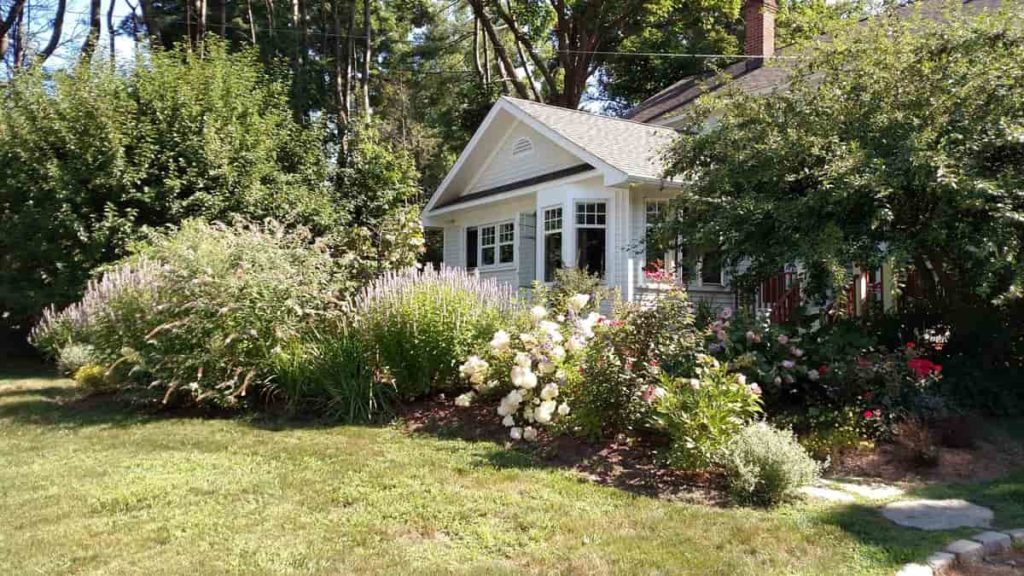
June is the traditional time to plant bed plants that are very much part of the summer. Even with our unpredictable weather until June, it is safe to bed with no risk of frost. It’s safe to say there’s no danger of frost, but the weather can still surprise us. Some bed plants need a lot of attention, others are easy, it all depends on how much time you have. Spring concludes in June and summer begins. Complete your spring plantation in early June. Soil and air will be quite hot by the end of the month to accelerate plant growth and start growing towards the crop.
Gardening tips for June, vegetable, trees, herbs, flower, and fruit gardening in June, houseplants, greenhouse and general plant care in June
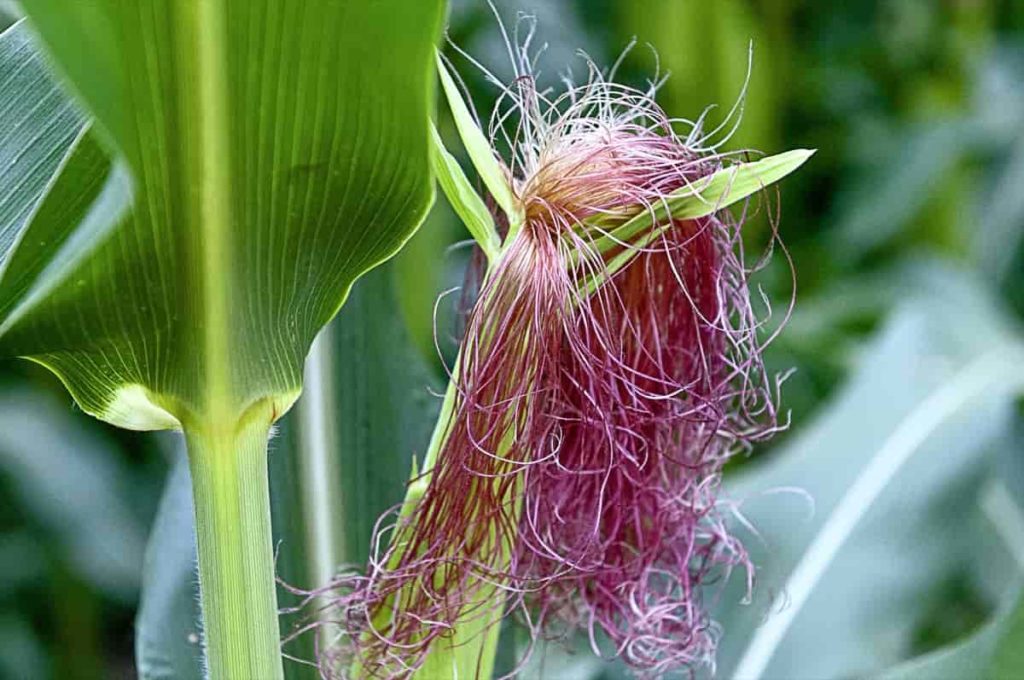
Vegetable gardening in June
- Plant seeds of bush bean every three weeks for a continuous harvest.
- If you must water do so early in the day to permit the foliage to dry before nightfall to minimize diseases.
- Plant vegetables or flowers in simple pots or decorative jardinieres and grow them on decks or patios if space is restricted.
- Harvest early-season vegetables like Lettuce, Radishes, and Peas when they are at their peak.
- Keep newly installed container potato manure moist, but be careful not to get too much water, as it compacts the soil, squeezes oxygen, and prevents developing tubs from swelling.
- Pinch the shoots on either side of your tomato plants. You can make the pot to make new Tomato plants. Once the first trees are setting up fruit, start feeding.
- Harvest salad crops, and sow again every 2 weeks for a steady supply of delicious leaves.
- When planting cabbage, use a brassica collar to prevent an attack of Cabbage root fly.
- Harvest the first early Potatoes, they are usually ready about 10 weeks after planting.
- If you have not already done it, plant hard and tender vegetables like Courgettes, Squash, Tomatoes, and Sweet Corn.
- Plant Corn and Beans frequently to increase crop season.
- As Cucumber and Squash vines begin to run, spray treatment strains begin to control cucumber beetles and squash vine borers.
- Brussels Sprout transplants began last month. They will mature for the fall crop.
- The Soaker hose and drip irrigation system make the most effective use of water during dry times.
- To minimize diseases, water with overhead irrigation early enough a day to allow leaves to dry before nightfall.
- Start Broccoli, Cabbage, and Cauliflower seedlings. These will provide transplants for the fallen garden.
- Stop harvesting the Asparagus when the spears are thin.
- To achieve maximum growth on the asparagus, apply 12-12-12 manure per 100 square feet 2 pounds, renew the mulch to preserve the water well and moisture.
- Pinch the side shoot with your tomato plants. Gently twist the joint-sprouting shoots between the central stem and fruit branches.
- Now plant greenhouses or purchase vegetable saplings. This includes Brussels sprouts, Cabbage, Celery, Courgette, Cucumber, Marrow, Runner, and French bean plants.
- Thin out rows of Beetroot, Carrot, and Lettuce seedlings, removing any small and weak. Continue to make staggered sowing for long periods of harvesting.
- Hand-pollinated Pumpkins, Courgettes, and Marrow plants to encourage a good fruit set. Use a paintbrush or your finger to move pollen between any open flowers.
- Keep the greenhouse well airy during the day to reduce temperature fluctuations.
- Apply a high potash liquid tomato dose on cucumbers, sweet and spicy Chili peppers, and Aubergines.
In case if you miss this: Gardening Tips for February, Ideas, and Techniques
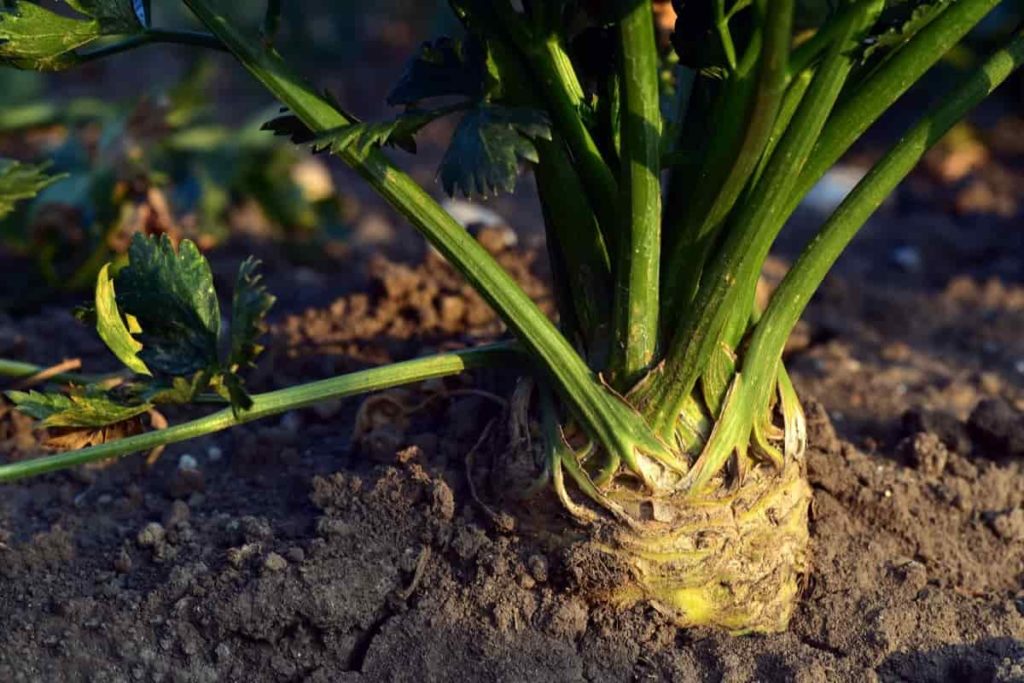
Trees and shrubs care in June
- Multi-stem shrubs such as enlarged, Spirea, Lilac, and Forsythia can be renovated every year by removing 1/3 trunks on the ground for 3 years, allowing some new young growth to change these old trunks.
- When deadheading Rhododendron, avoid breaking leaf buds that are just below the flowers.
- Gator bags provide a great way to keep trees in water during hot and dry months. These bags, which can hold up to 20 gallons of water, are preserved until the trunk of the tree, where they slowly release the water to the root ball over 15 to 20 hours.
- June bugs can be annoying as they bounce on your window screens attracted by the lights of your home. Larvae feed on plant roots and adult beetles on trees and shrubs, although they do not appear to cause excessive damage associated with oriental beetles or Japanese beetles.
- Keep an eye on and control black spots and powdery mildew on Rose leaves.
- It’s a good time to take a cutting of trees and shrubs, such as Chokeberry, Butterfly bush, Spirea, Serviceberry, Hydrangea, Dogwood, and Magnolia, root for new plantations.
- Cut soft shrubs like Penstemon, and hardy fuchsias after danger of frosts have passed.
- Thin new shoots on trees and shrubs were sorted to stimulate growth in winter. Remove the crossing stem and prevent new growth overcrowding.
- Evergreens like Viburnum Tinus may also be trimmed this month.
- Rhododendron can be lightly pruned after flowering. More severe harvests should wait until early next spring.
- Once the flowers are finished, the clematis Montana crowded dead or diseased trunks. Opening the trunks can be unpleasant, but once you can see where you’re cutting, you don’t have to worry about cutting this plant, it’s going to be very hard to cut even very well.
- Once all the risk of frost is eliminated, the young Mimosa trees can be cut back. Mature trees respond less well to hard harvesting.
- Prune the wall-trained Pyracanthas, remove any shoots that come out of the wall, and reduce other new growth to about 8 cm. This motivates the growth of the formation and increases in flowers as compared to green growth.
- Remove any turned green shoots on the Hardy-variegated Evergreens to prevent the version from being handled.
- Twin climbers need to be frequently tied and twining around their support.
- Tie in climbing and rumbled roses near as much horizontal as possible. This will ban the flow of juice which will increase the length of the stem as well as further side shoots. So, more flowers will be produced.
- Check the roses for Black spots, Aphids, and Leaf rolling sawfly damage symptoms.
- Phytophthora root rot can cause trees and shrubs to die back. The winter season followed by hot spring and summer can inspire the problem of sensitive wood plants.
In case if you miss this: 20 Vegetables to Plant in Winter in India
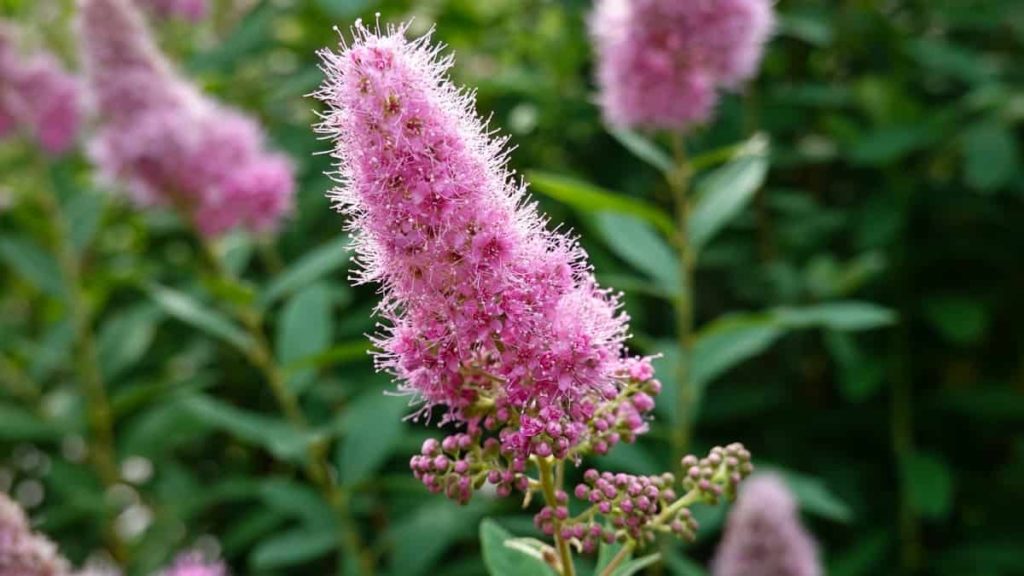
Houseplants care in June
- Monitor house plants kept indoors for the Mealybugs, Spider Worms, Aphids, Whitefly, and Scale. If house plant worms are a problem, consider spraying with gardening oil or insect soap. If possible, move the plants out before spraying and move them back indoors when dry.
- Pantry insects, such as Indian Meal Moths, Grain Beetles, Cigarette Beetles, and Carpet Beetles can be found trying to get out of your home around the windows. These insects can be shed or vacuumed. No chemical control is recommended.
- You can move home plants out to decks or patio and enjoy them outside for summer. It is better to gradually introduce the leaves to more direct sunlight to prevent them from burning.
- Be aware that container plants will need more water during hot and airy weather.
Herbs gardening in June
- This month is the best time to take softwood cuttings of Perennial herbs such as Mint, Lemon bam, Thyme, Rosemary, Sage, Oregano, and lemon verbena. It is also a great time to cut down chive plants. Once they have finished the flowers, cut about an inch above the soil level, place them in the water and they will bounce back with a soft new shoot.
- Make sure your plants have enough water during hot weather, especially those growing in pots, where the soil dries up very quickly. Place a cup of freshwater out in your garden to act as a birdbath and to supply drinking water for birds and insects. This can help our little wild friends cope with the heat of summer days.
- If you have easily grown seed plants yourself last year, some areas of your garden or pottery may be a little too crowded at this time. Place your pots and herb beds on top of them to avoid overcrowding and competition for water and nutrients.
Flower gardening in June
- If they are too crowded, continue to thin out the flow of hard annual plants.
- Once the leaves are yellow, pick up and divide the cluster of Snowdrops and Bluebells.
- Continue watering your flowering Rhododendron using rainwater.
- Pick up and distribute crowded clumps of flower bulbs and tubs.
- Wait for the bulb leaves to die naturally before cutting back.
- Pinch Fuchsia tips to encourage a bushy habit and more flowers.
- Start picking sweet peas as soon as you swell to encourage more blooming.
- Cut back Oriental Poppies after dead heads and flowers arrive. Cutting them near the ground level will stimulate new leaves.
- Stake long chronic plants to prevent air loss.
- As new shoots grow, use soft ties to train them to climb plants such as Honeysuckle and Clematis.
- To maintain a good shape, sort the crowded or dead trunks of evergreen Clematis once the flowers are finished.
- Continue to plant summer beds in pots and borders, and regular water to help plant faster.
- Climb and tie horizontally in the new stem of rumbled roses to encourage more flowers.
- Take cuttings with pinks and carnations, selecting for a non-flowery shoot, which should be easily connected.
- Give a container display and hanging baskets liquid feed every few weeks to encourage flowers.
- Fill any gaps in borders with long bulb pots, such as Fragrant Lilies, to add instant color.
- Prune the bushes after flowering in late spring or early summers, such as weigela and philadelphus, thinning out the older stems.
- Add marginal plants, such as Arum Lily and Marsh Marigolds, around the edges of your pond.
- Sow Polyanthus, Primrose, and Pansy seeds in the greenhouse for autumn planting and flowers in the spring.
- In early June, apply the general-purpose organic fertilizer to the beds before planting summer beds.
- Thin the hard annual seedlings as soon as they leave last month’s live sowings. Keep the strongest and largest seedlings, remove the weakest plants and give enough room for the rest of the plants to grow.
- June is an ideal time to pick up leaf plants like the coleus and sensitive plants from the seed to enjoy indoors. Indoor plants like The Begonias are also ideal for lighting up interior spaces.
- Remove dead leaves from spring-flowering bulbs, except for Daffodils and Tulips that should be left to die back naturally. However, take off the heads of any seed that appears.
In case if you miss this: Organic Vegetable Gardening in the Balcony
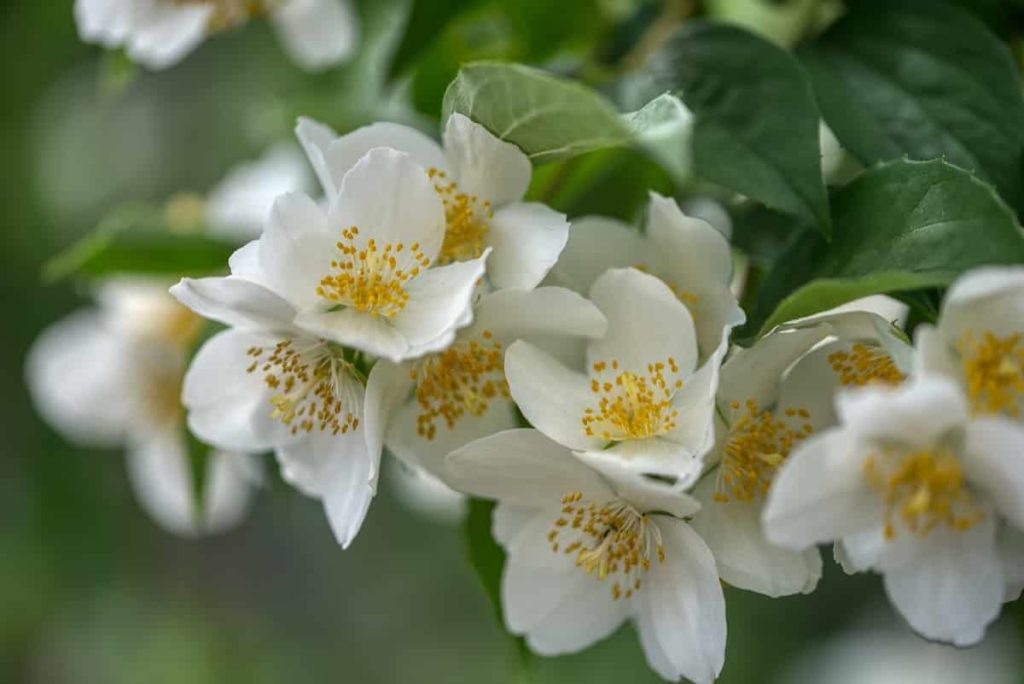
Greenhouse care in June
- Sow seeds in pots to grow on your kitchen windows, such as Coriander, Parsley, and Basil.
- Plant soft vegetables, including Beans, Tomatoes, Pumpkins, Courgettes, and Sweet Corn.
- Keep houseplants in a hot, sheltered place outside for summer to enjoy the fresh air and extra light.
- Harden hanging summer bed baskets and pots as you grow in the greenhouse.
- Daily water plants in hot weather, ideally in the evening or early morning, and avoid spraying leaves.
- Take softwood cuttings from Hydrangeas and Pelargoniums and stand the pots in bright windows or greenhouses.
- Take leaf bites from household plants including African violet, Begonia, and Cape primrose.
- Increase greenhouse shedding and ventilation to keep temperatures low on hot days.
- Water greenhouse tomatoes to prevent regularly distributed fruits and flowers from rotting.
Fruit gardening in June
- Inspect your fruit plants and trees for insects.
- As the current season’s Raspberry and Blackberry canes are long, tie them to support the wires. Remember that summer fruity Raspberry produces fruit from last year’s canes and autumn fruit-bearing plants which are on fresh growth of the current year.
- Expose any fruit crops grown under glass or close to allow for access to pollinated insects.
- Check Apples, Cherries, and other fruit trees for the eastern tent caterpillar nest. To destroy the lower nest, blast with water or drop them to the ground and destroy them.
- It’s a great time to plant Strawberries, Blueberries, Raspberry, and Blackberries.
- Protect any developing fruits from birds and squirrels by setting a net around your plants.
- If your containers have fruit plants, remember to give them a high potash liquid feed to keep them healthy and productive.
- Always water-potable Blueberry plants with rainwater, as lime added to tap water reduces soil acidity over time.
In case if you miss this: Organic Vegetable Gardening for Beginners
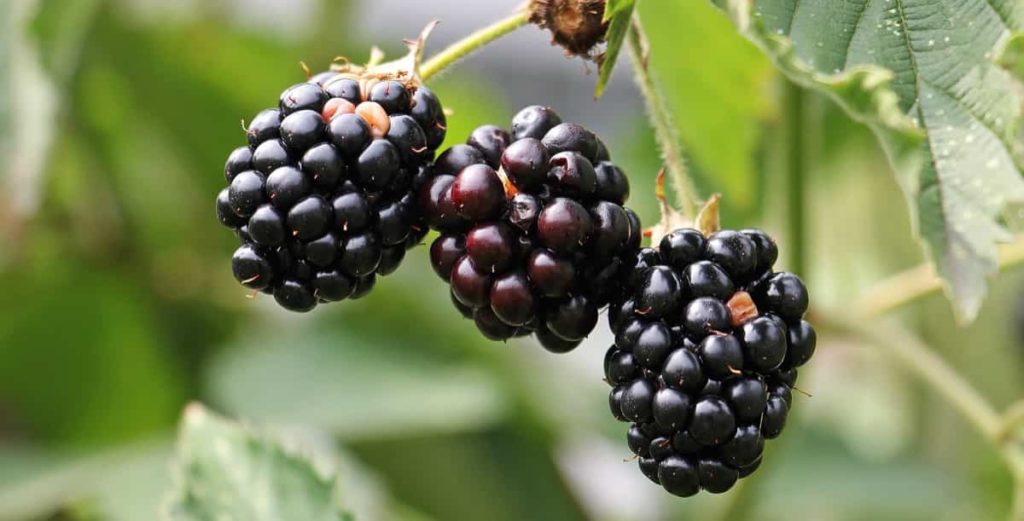
General plant care in June
- Spray Roses that show signs of disease, such as Black spots, powdery mildew, or rust.
- Continue watering any new plantations until they are well established.
- Water newly laid fields several times a week, at least for the first month.
- Trim fast-growing hedges every six weeks in summer, such as privet.
- Put the stack to support the tall, large-flowered dahlias and tie in the trunks as they grow.
- Check shrubs to nest birds before starting any trim or sorting, so you don’t disturb them.
- Remove any green shoots on different bushes, cut back based on them.
- If this insect has been a problem in the past, treat yard pots with control of bull weeds, as the larvae become active this month.
- Feeding lawns with liquid or grainy lawn manure.
- Build small ‘wells’ around individual plants so that water can soak the soil for about 25 cm.
- Now plant floating pond plants while the water is heating up.
- Keep removing blanket herbs from your pond to allow plants and fish room to breathe.
- Keep an eye on plants for white powdery mildew. Remove the affected parts if possible and spray fungicides to prevent further spread.
- Find the Aphids under the leaves, rub them by hand or spray them with pesticide to prevent their numbers from increasing. Alternatively, try using natural pest controls such as Lacewing larvae.
- Where to Place Indoor Plants in Your Home
- How to Grow Tomatoes Organically at Home: A Comprehensive Guide
- Organic Gardening on a Budget: Low-Cost Methods and Materials
- Gongura Seed Germination and Planting Methods
- Cabbage Seed Germination and Selection
- Broccoli Seed Germination and Selection
- Asparagus Seed Germination and Variety Selection
- Seasonal Flower Gardening: Best Practices for Spring, Summer, Fall, and Winter
- How to Grow Hibiscus from Flower
- Plantation Ideas for Home Decoration: A Beginners Guide
- Flower Garden Designs and Layouts for Beginners
- Planting and Spacing Techniques in Papaya: A Beginner’s Guide
- Growing Gold: Essential Techniques for Planting Pineapples
- How to Make Kalanchoe Plant Bushy: Home Remedies and Solutions
- 11 Reasons Why Your Gardenia is Not Blooming: Home Remedies and Solutions
- Eco Elegance: The Guide to Designing a Drought-Tolerant Landscape
- Gardening on a Slope: Strategies for Hillside Landscaping
- Nourish and Flourish: Top Organic Mulches for Thriving House Plants
- Everything You Want to Know about Indian Mogra Flower: Discover Uses and Growing
- Green Thumb Success: Expert Tips for Cultivating Greenhouse Pumpkins All Year Round
- Maximize Growth & Flavor: The Ultimate Guide to Companion Planting in Herb Gardens
- How to Control Rhododendron Problems Naturally: Home Remedies and Organic Ways to Fix Them
- Natural Magic: The Remarkable Benefits of Cinnamon for Plants
- Best Steps to Revive Dying Tulip with Natural and Organic Treatment
- 10 Reasons Why Your Angel Trumpet is Not Blooming: Remedies and Treatment
- How to Fix Periwinkle Leaf and Flower-Related Problems: Natural Remedies and Solutions
- How to Fix Zinnias Leaf and Flower Problems: Discover Natural and Home Remedies
- Organic Steps to Induce Lemon Tree Flowers: A Comprehensive Guide
- Bloom Booster: Crafting the Perfect Homemade Bougainvillea Fertilizer
- Optimizing Growth: A Guide to Applying NPK Fertilizer for Potted Plants
- 10 Best Homemade Fertilizers for Rubber Plant: DIY Recipes and Application Method
- How to Boost Female Pumpkin Flowers: Effective Steps for More Flowers and High Yields
- Transform Your Indoor Garden: Top Benefits of Pink Salt for Houseplants
- 10 Best Homemade Fertilizers for Peacock Plants (Calathea): Easy DIY Guide
- Unlock Blooms: 9 Reasons Why Your Potted Chrysanthemum is Not Blooming
- 8 Reasons Why Your Potted Hibiscus is Not Blooming: Fix it with Simple Solutions